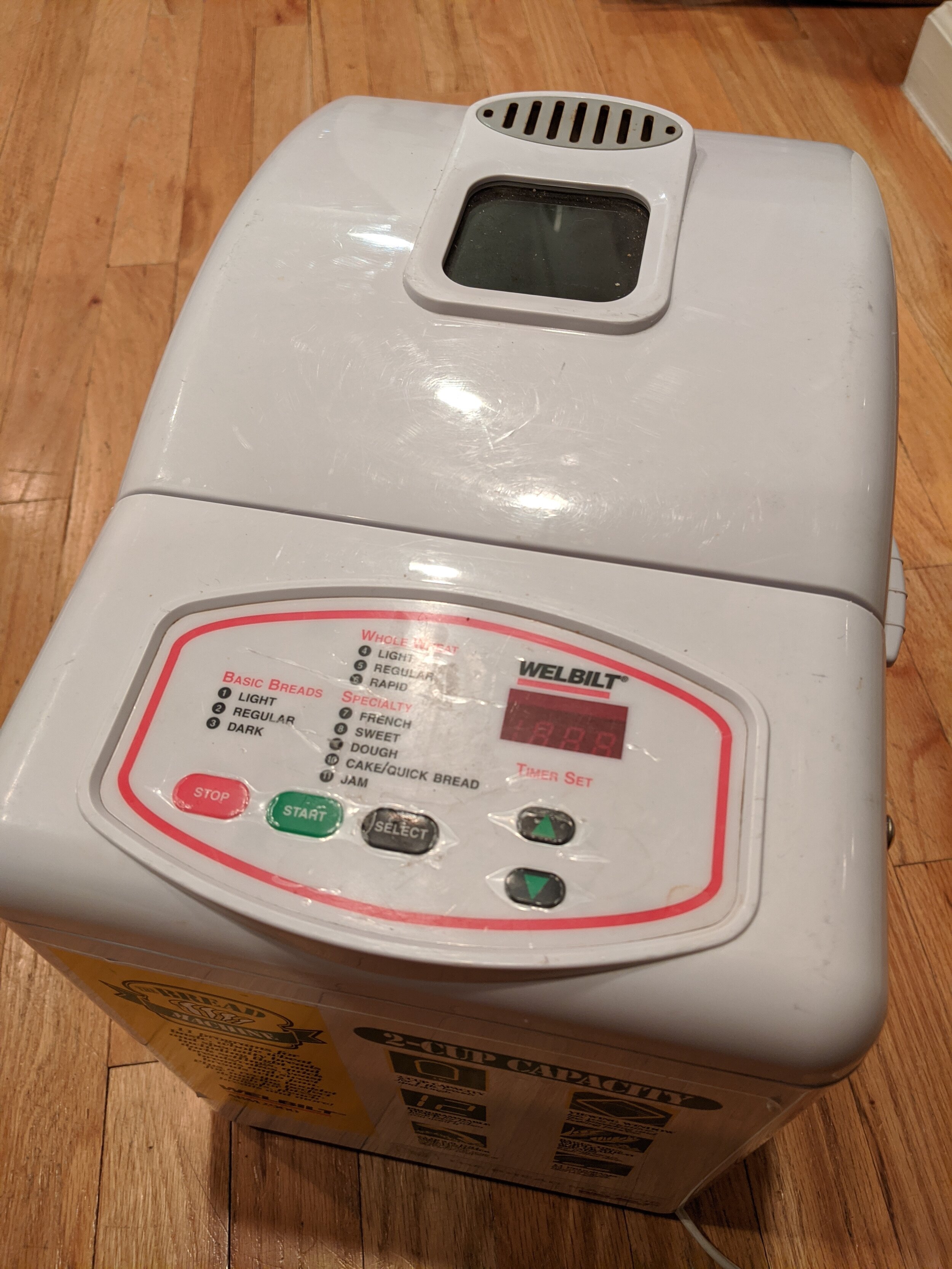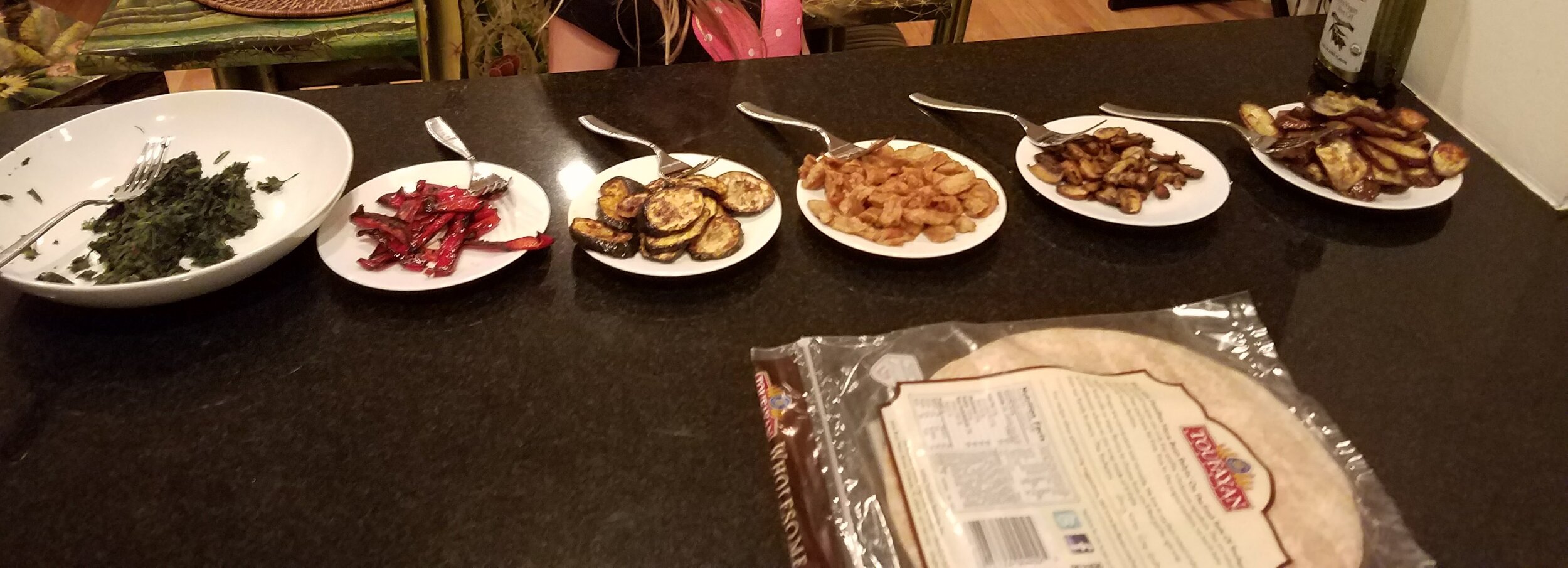Looking to Cooking with a win-win spin
In merely a week’s time, millions of people have suddenly found themselves largely (or exclusively) at home, with or without children and other family to brave the sequestration. One thing is certain for all of us: we still need to eat. And while delivery services are up and running, many people (especially those with extra time on their hands) are taking this opportunity to stock up on good food to boost health, and that means more cooking with fresh, whole foods.
Cooking is an act of nurturing, a much needed gesture during this scary time. It’s also a learning experience for kids and a satisfying way to blend creativity, science, and nutrition. Here are 3 things that are helping my family get through cabin fever — bread machine, slow cooker, and DIY “bars” — hope they can help you too.
Bread Machine
If you’re working and/or caring for family, time for cooking may be in rather short supply. That’s when certain appliances and gadgets come in super handy. We all have different customs, food preferences, and routines, so for example, if your family isn’t too keen on bread but loves smoothies, a good blender might be the best appliance to occupy a new spot on your countertop. If you don’t have appliances, consider buying one or two (you can find great deals on Amazon) as an investment in good health.
My trusty bread machine — over 20 years old but still makes perfect bread every time.
The bread machine has become a regular team player in my family lately. Time investment is less than 5 minutes, and the reward — a swirl of almond butter melting on a thick slice of fresh, hot bread topped with fresh fruit first thing in the morning — is downright indulgent. Look for whole grain bread recipes, and make sure you follow the instructions exactly. Water temperature, freshness of yeast, and ingredients (don’t substitute unless you know what you’re doing!) are very important. (Of course, kneading dough for bread is a therapeutic in its own right, and a great activity for kids, but bread machines are great for the time-crunched.) Kids love using the machine because it’s fun and easy to measure the ingredients, dump them in, and watch the magic happen. Try tasty combos like rosemary olive oil, cinnamon raisin, and jalapeño cheddar. Recipes abound online and in books, but I tend to follow the simple ones, like this whole wheat bread recipe from Sunbeam.
Simple but effective!
Slow Cooker
I’m sure you’ve heard it before, but a slow cooker is a real life-saver for cooking hearty, comforting meals with truly minimal effort. It’s such an easy way to incorporate the foods known to optimize health, particularly leafy greens and beans/lentils. From a spicy chili to black bean stew to lentil soup, the combinations are endless and delicious. To plan dinner, you can prep the ingredients the night before or the morning of, place ingredients in the cooker the morning of, and have the meal hot and ready by dinnertime.
My lentil soup
Here’s my favorite lentil soup recipe: Dice up and sauté 1 stalk of celery, 1 carrot, and 1 onion with 2 cloves minced garlic in a sauté pan with a little olive oil for about 5 minutes. Place into slow cooker along with 1 1/4 cups lentils, 6 cups of low-sodium veggie broth, a diced sweet or white potato, and a shake of oregano, thyme, and pepper to taste. My kids love to help, and I let them choose different herbs, spices, and vegetables so the creation is truly their own, since it’s a super-forgiving recipe. Towards the end of cooking, I almost always throw in fresh or frozen chopped greens and a squeeze of lemon juice. For more great ideas, visit realfoodwholelife.com.
Other time-saving gadgets include food processors (quick chopping and shredding), immersion blenders (SO handy for bean dips like hummus and creamy soups like butternut squash), pressure cookers (which are perfect for the same sorts of dishes that are good for slow cookers, but lightning fast), instant pots (which do both slow and fast cooking), and grill presses (perfectly crispy sandwiches and pitas, great grilled tofu/tempeh, and traditional lean meat/poultry).
Do-It-Yourself “Bars”
If you’re constantly seeking ways to keep your kids occupied and productive, create-your-owns are always a hit with kids of all ages. For breakfast, make a pot of oatmeal and put out small bowls of assorted nuts, fresh fruit, dried fruit, granola, and seeds. If eggs are popular, see how many different (cooked or raw) veggies they can stuff in an omelet (leftover cooked veggies are great for this). Pita Pizzas are a fun lunch — start with a whole wheat pita (or English muffin), spread on sauce and cheese, and pile on the fresh veggies before baking in a 400 degree oven for about 10 minutes. Make dinnertime argument-free with a whole grain pasta bar, baked potato bar, salad bar, veggie burger bar, or whole grain burrito bar. Make sure to put out a wide assortment of colorful veggies, beans, spreads, and low-sodium and low-sugar sauces.
A hit with kids: sweet, delicious roasted veggies waiting to be stuffed into a whole wheat tortilla with a spread of hummus
Encourage older kids to cook for the family. Help them to source new cuisines, recipes, and instructional videos. Help them create shopping lists (order groceries for delivery if necessary) and time the meals properly. Approach it as a fun and rewarding challenge.
Healthy cooking doesn’t have to be a chore, and the food most certainly should not be boring. Think of it as a creative outlet, an activity for the kids, and of course, a way to help yourself and loved ones get or stay healthy.








